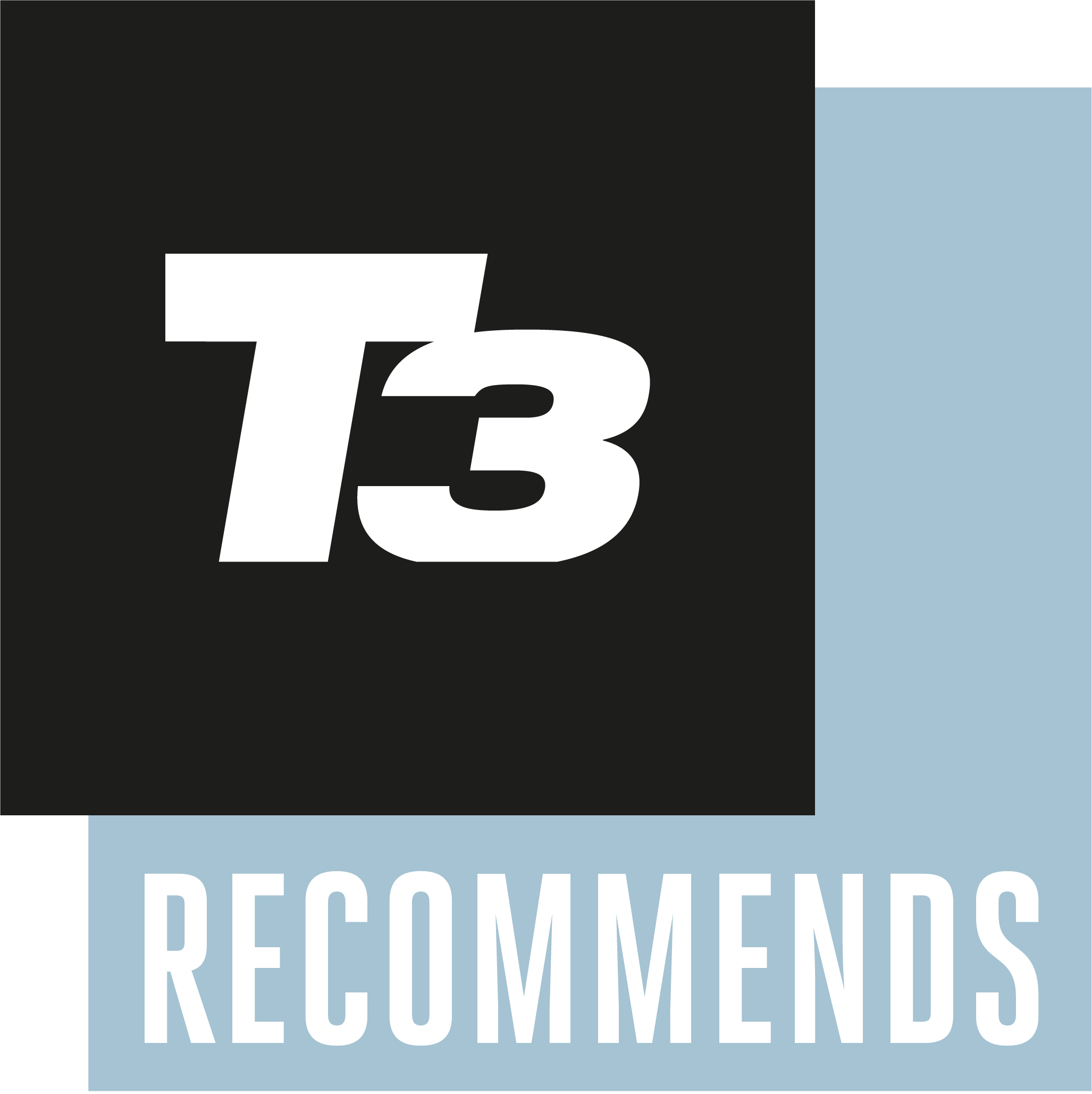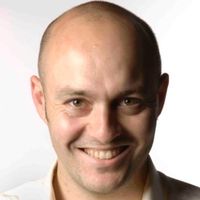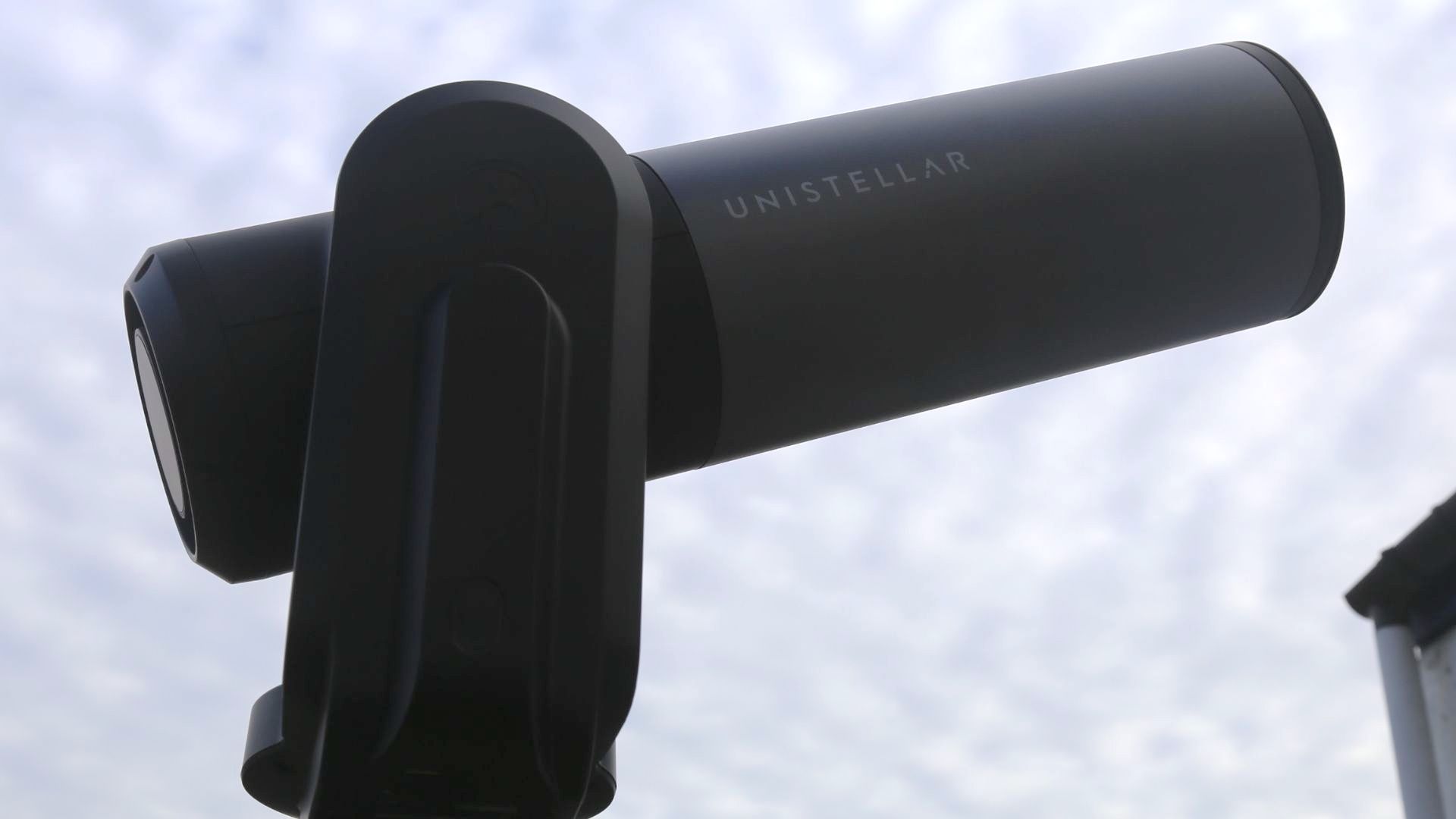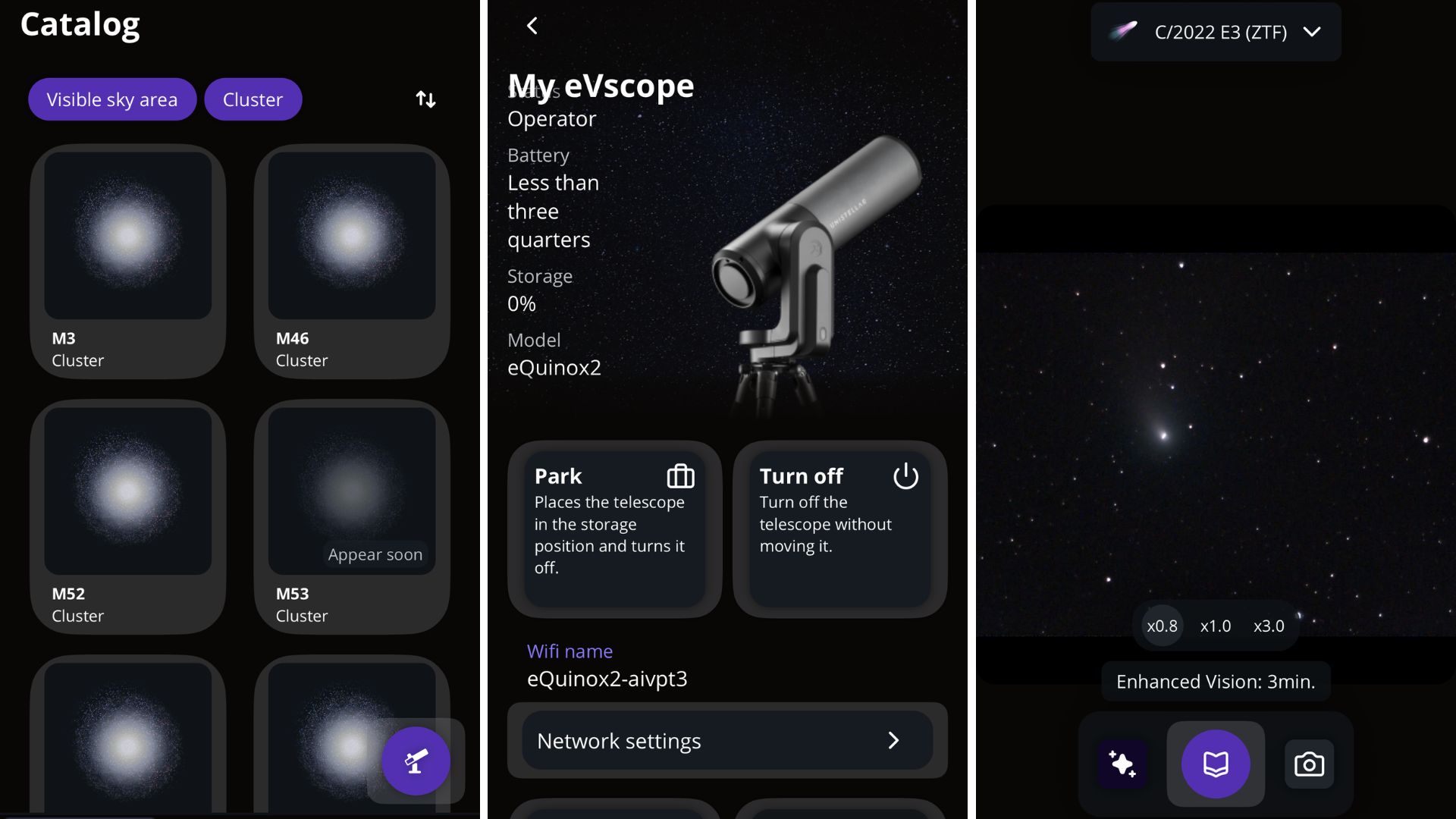Unistellar eQuinox II review: Brilliant smartphone-controlled telescope
No eyepiece, no complicated set-up, just great images sent straight to your smartphone


One of the only telescopes without an eyepiece, this second-generation version is Unistellar’s most affordable smart telescope yet. It comes with more megapixels and a new planet mode, but at its core is excellent image processing that makes deep-sky objects look bright and colourful even under light-polluted night skies.
-
+
Very easy to set-up
-
+
New ‘planet mode’
-
+
Excellent build quality
-
+
Slick smartphone app
-
+
Higher resolution images
-
+
Sees through light pollution
-
-
Needs occasional manual focusing
-
-
No ‘Moon mode’
-
-
Expensive relative to other telescopes
Why you can trust T3

Unistellar eQuinox II review in a sentence: If you’re keen on controlling your smart telescope with your smartphone, the Unistellar eQuinox II will give you the most bang for your buck.
Let’s get straight to it – it’s one of the best telescopes around, particularly if you love the idea of sitting inside while a telescope sends real-time deep-sky images straight to your smartphone. A 4.5-inch reflector telescope (here's an explainer of the different telescope types) does away with an eyepiece in favour of an image sensor.
It may sound advanced, but it’s so easy to use – and performs so well under light-polluted urban skies – that it ranks as one of the best telescopes for beginners both with deep sky objects and, now, planets. Throw in the chance to take observations for NASA scientists wanting to crowdsource observations of exoplanets, asteroids and comets, and this is one seriously impressive light bucket. Could the Unistellar eQuinox II change amateur astronomy forever? It sure could – and it’s the most affordable smart telescope yet.

Unistellar eQuinox II review: Specifications
- Optical design: Reflector
- Objective lens diameter: 4.5”/114mm
- Focal length: 17.7”/450mm
- Focal ratio: f/4
- Software supplied: Unistellar app
- Optical tube length: 65cm
- Mount: Motorized alt-az
- Tripod: Aluminium construction, adjustable
- Weight: 19.8 lbs / 9kg including tripod
- Storage capacity: 64 GB
- Battery life: 11 hours
- Connectivity: WiFi (10 devices can connect at once)
- Maximum magnitude: up to 18 in dark skies/under 16 in urban areas
- Level: Beginner
Unistellar eQuinox II review: Price and availability
Available to order since February 2023, the eQuinox II is designed by Marseille, France-based Unistellar and costs £2,200/$2,500/€2,500. That package does not include a backpack, which is one available from Unistellar for £329/$429/€359.

Unistellar eQuinox II review: Features and what's new
The eQuinox II isn’t much changed from its predecessor, but there are differences. It’s still a 4.5-inch/114mm reflector telescope, but this time there’s an upgraded Sony IMAX347 CMOS sensor, where the light is focused on instead of into an eyepiece. By attaching a smartphone or tablet to the Unistellar eQuinox II it’s possible to see the data that hits that sensor, with its computer stacking short exposures in real-time to create an image that looks better the longer you leave the telescope pointing at the same object.
New for this version are planet mode and a wider field of view. The former makes it possible to see the likes of Mars, Jupiter and Saturn thanks to super-short exposures while the latter means it’s possible to capture more of large galaxies and star clusters such as the Andromeda galaxy and the Pleiades open cluster – both iconic sights in the night sky. There’s also a new app, which now includes a citizen science section. It’s possible to observe targets such as exoplanets, asteroids and comets and help scientists make discoveries and learn more about objects. Once you’ve signed up it’s very easy to scroll through a list of potential observations, have your telescope observe for, say, 20 minutes – some at a very specific time – then upload the raw data to NASA or SETI.

Unistellar eQuinox II review: Set-up and use
Thanks to something called Autonomous Field Detection technology, the Unistellar eQuinox II is stupidly easy to use. Set up outside on its sturdy tripod, the Unistellar eQuinox II looks for stars – any stars, even faint ones – and matches them to its vast database of over 37 million stars. It almost never fails, and within about a minute of switching it on it’s ready to make observations. That is not how most telescopes work, instead requiring lengthy alignments with bright stars. That said, it’s worth first pointing the Unistellar eQuinox 2 at a bright star to get a sharp focus, something that must be done manually.
Get all the latest news, reviews, deals and buying guides on gorgeous tech, home and active products from the T3 experts
With a smartphone or tablet attached to the Unistellar eQuinox II’s own WiFi network and the Unistellar app downloaded it’s possible to choose from 5,000 nebulae, galaxies and planets. However, the app makes it easy to choose, putting bright and well-placed objects at the top of the list. Tap on one and the Unistellar eQuinox II slews to it and begins taking a series of short exposures. All you do then is sit back and wait for the image to improve. For example, a stack of images from about five minutes of observations will give you a good impression of a galaxy, but leave it for an hour and you’ll see incredible detail in its dust lanes and spiral arms. Ditto for faint nebulae, some of which don’t reveal themselves for at least 30 minutes.
At any point, it’s possible to download the image to a smartphone or save a lossless 6.2 megapixel version to the telescope’s 64GB hard disk. Always detailed enough and often incredibly colourful, they’re streets ahead of what you’ll see through an optical telescope – particularly from a city – which is why smart telescopes like the Unistellar eQuinox II look destined to change amateur astronomy forever.

Unistellar eQuinox II review: Verdict
If you’re set on a smart telescope to control with your smartphone, then it’s the Unistellar eQuinox II that will give you the most bang for your buck. Very easy to set up and use and with enjoyable images even when used in light-polluted cities, the Unistellar eQuinox II is a genuinely innovative telescope that could change how we observe the night sky forever.
Unistellar eQuinox II review: Alternatives to consider
If you’re set on a smart telescope, then there are two others available. A smaller yeti similarly priced alternative is the Vaonis Vespera, which is hugely enjoyable to use and more portable, though offers less detailed images. Meanwhile, the step-up Unistellar eVscope 2 offers more detailed images and a Nikon-made electronic OLED eyepiece, though physically, it’s almost identical to the eQuinox II.
Jamie is a freelance journalist, copywriter and author with 20 years' experience. He's written journalism for over 50 publications and websites and, when he's not writing, spending most of his time travelling – putting the latest travel tech through its paces.
